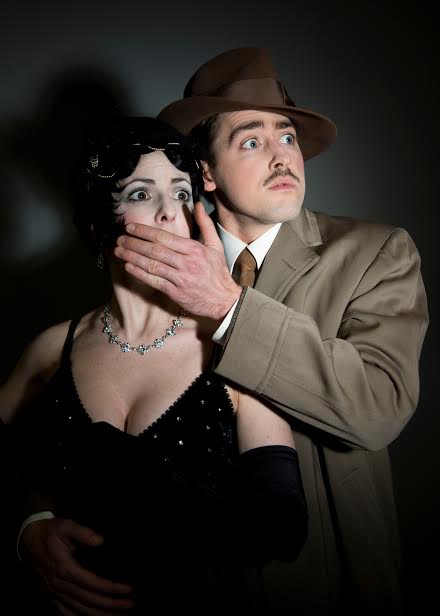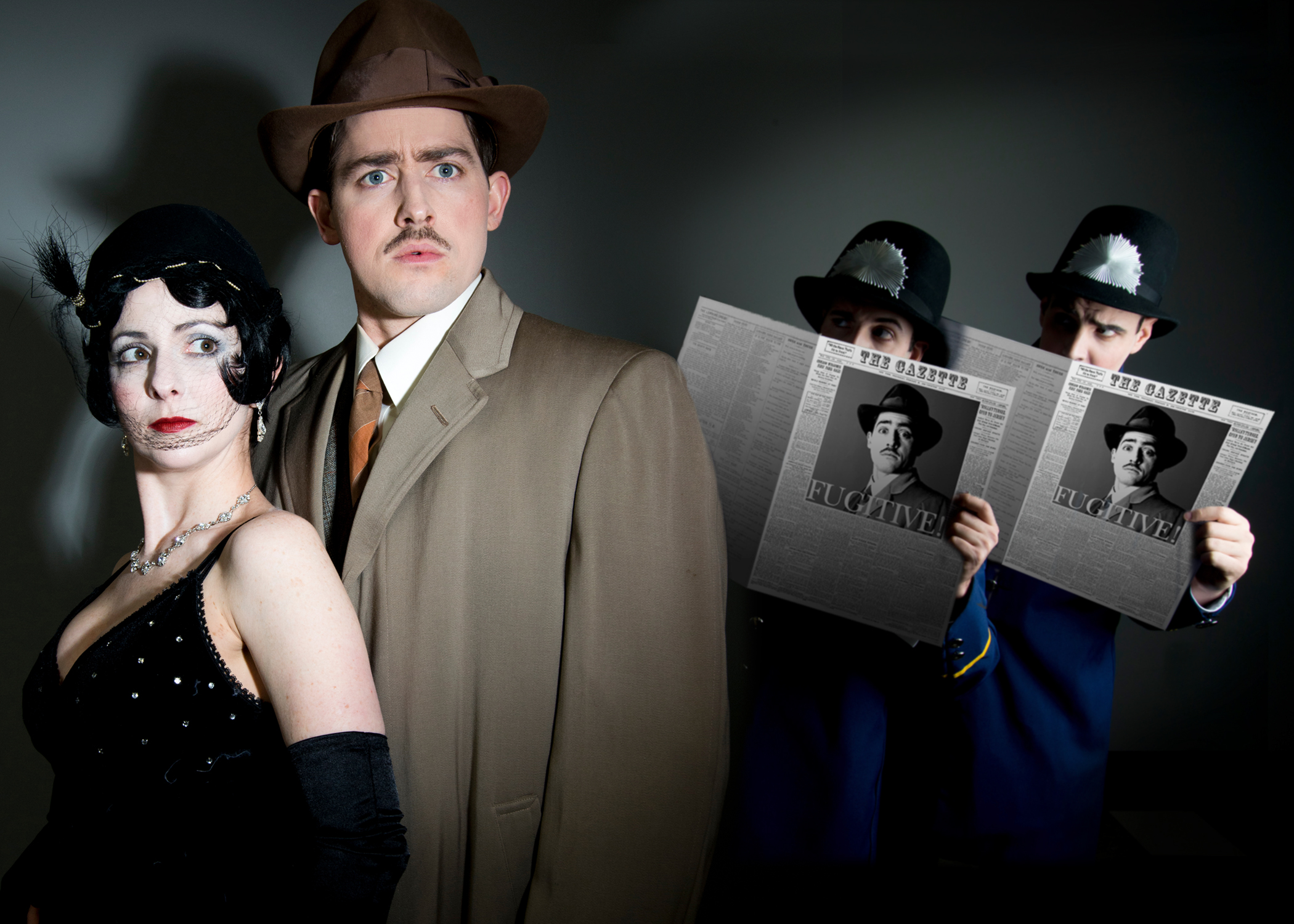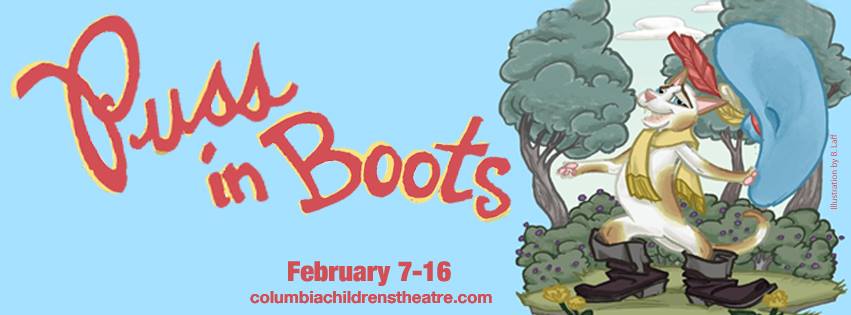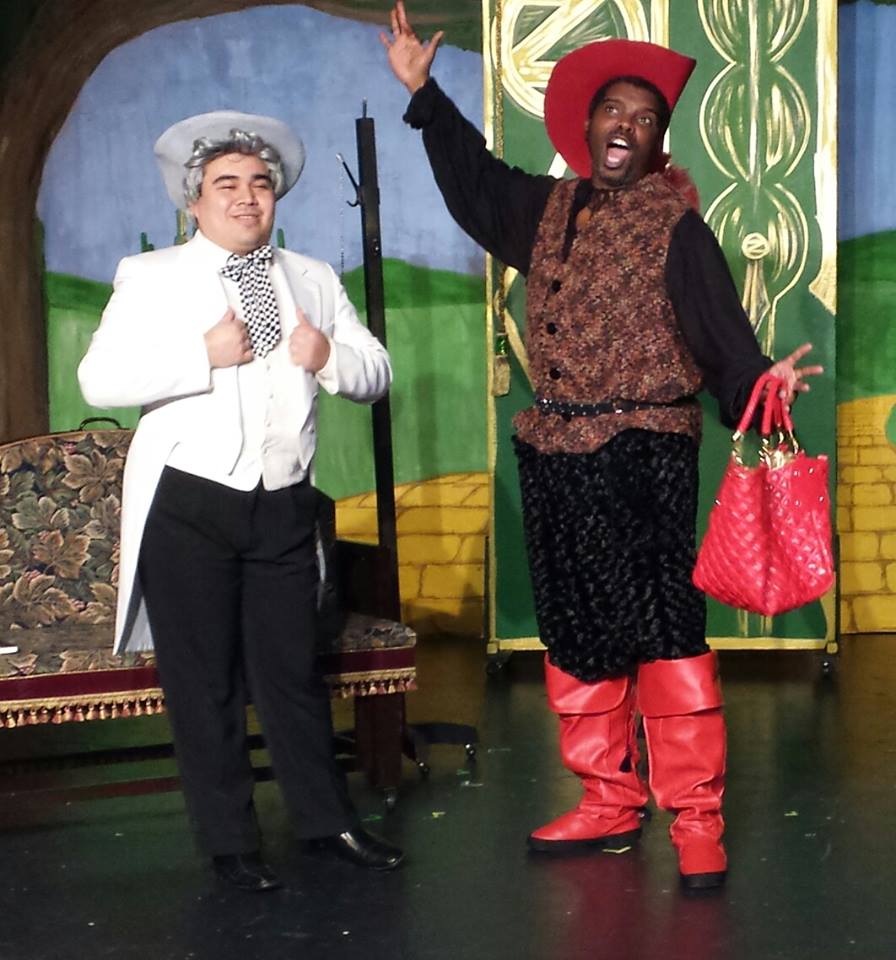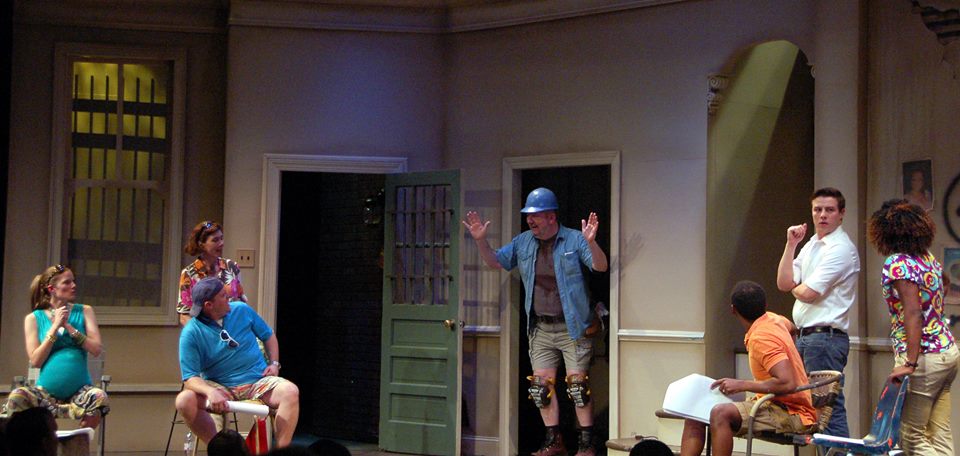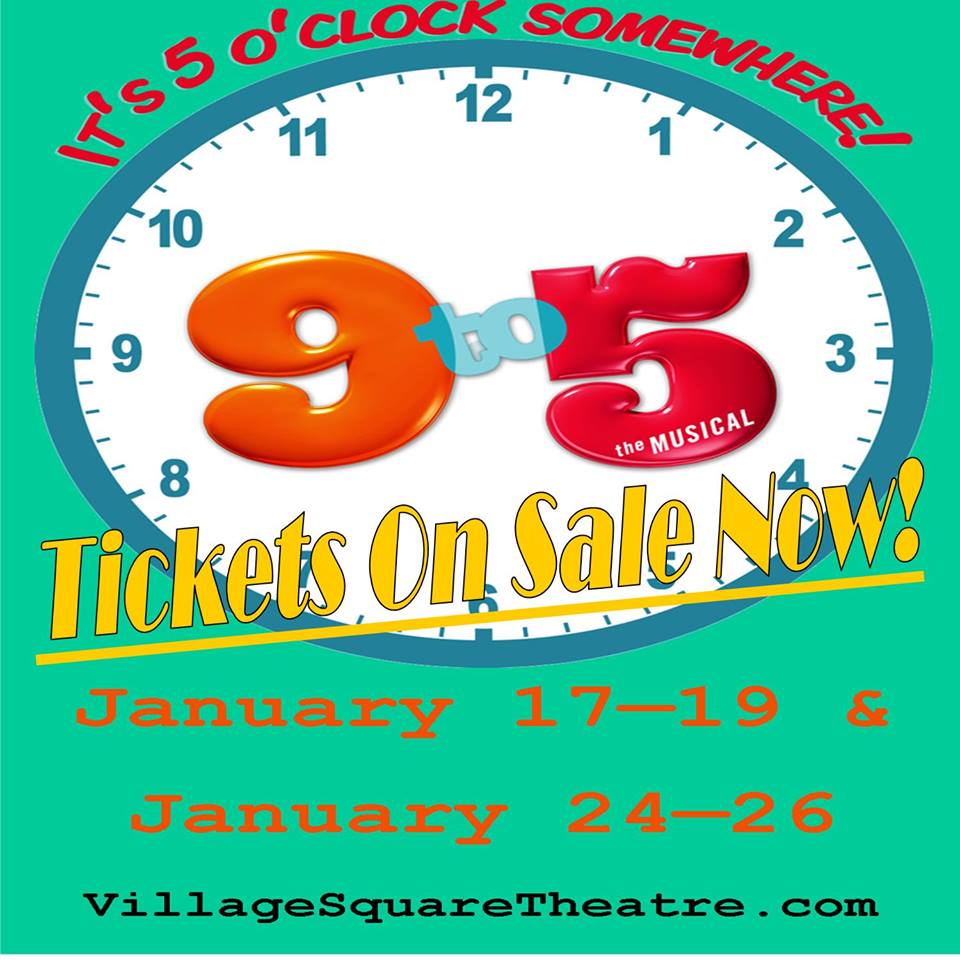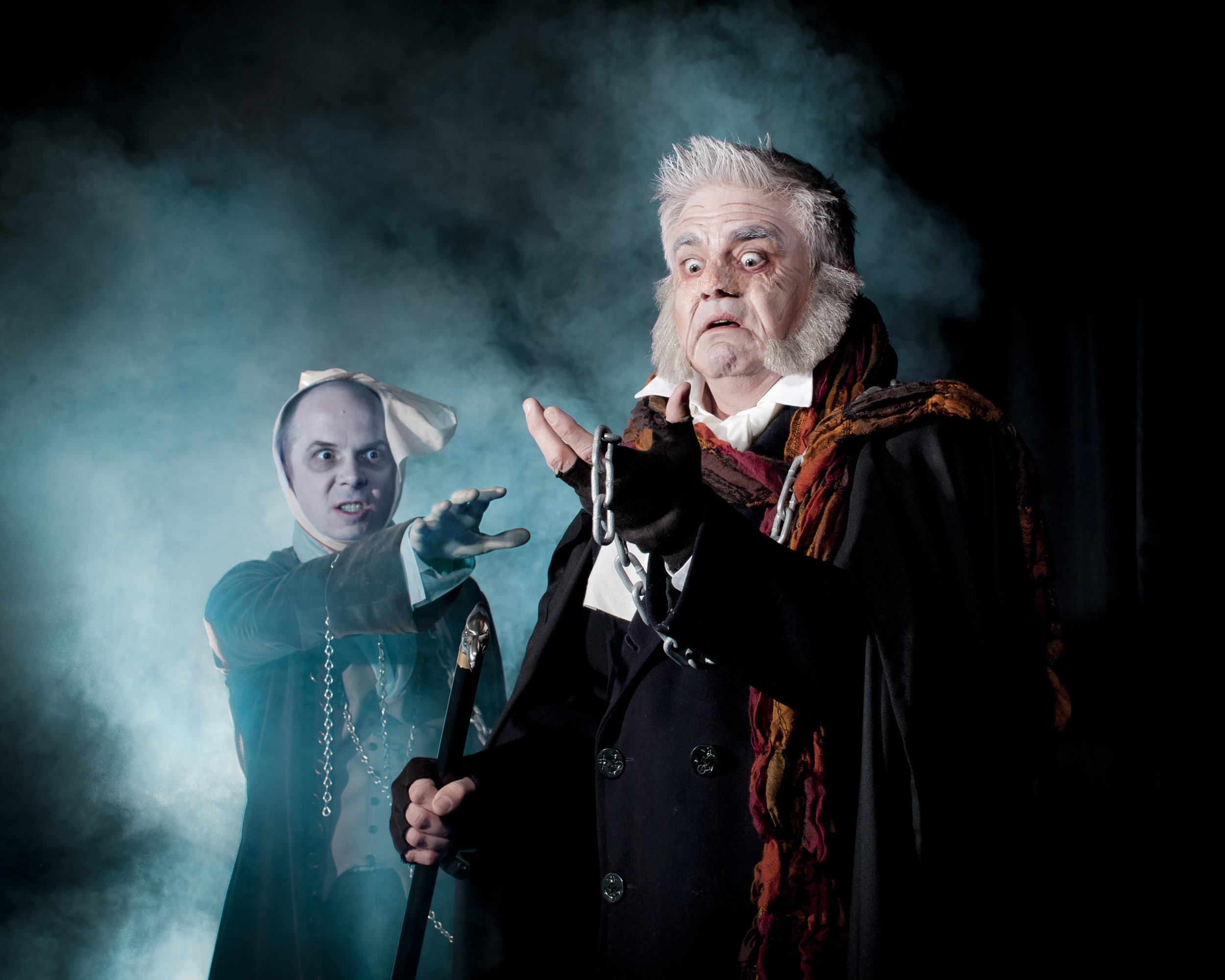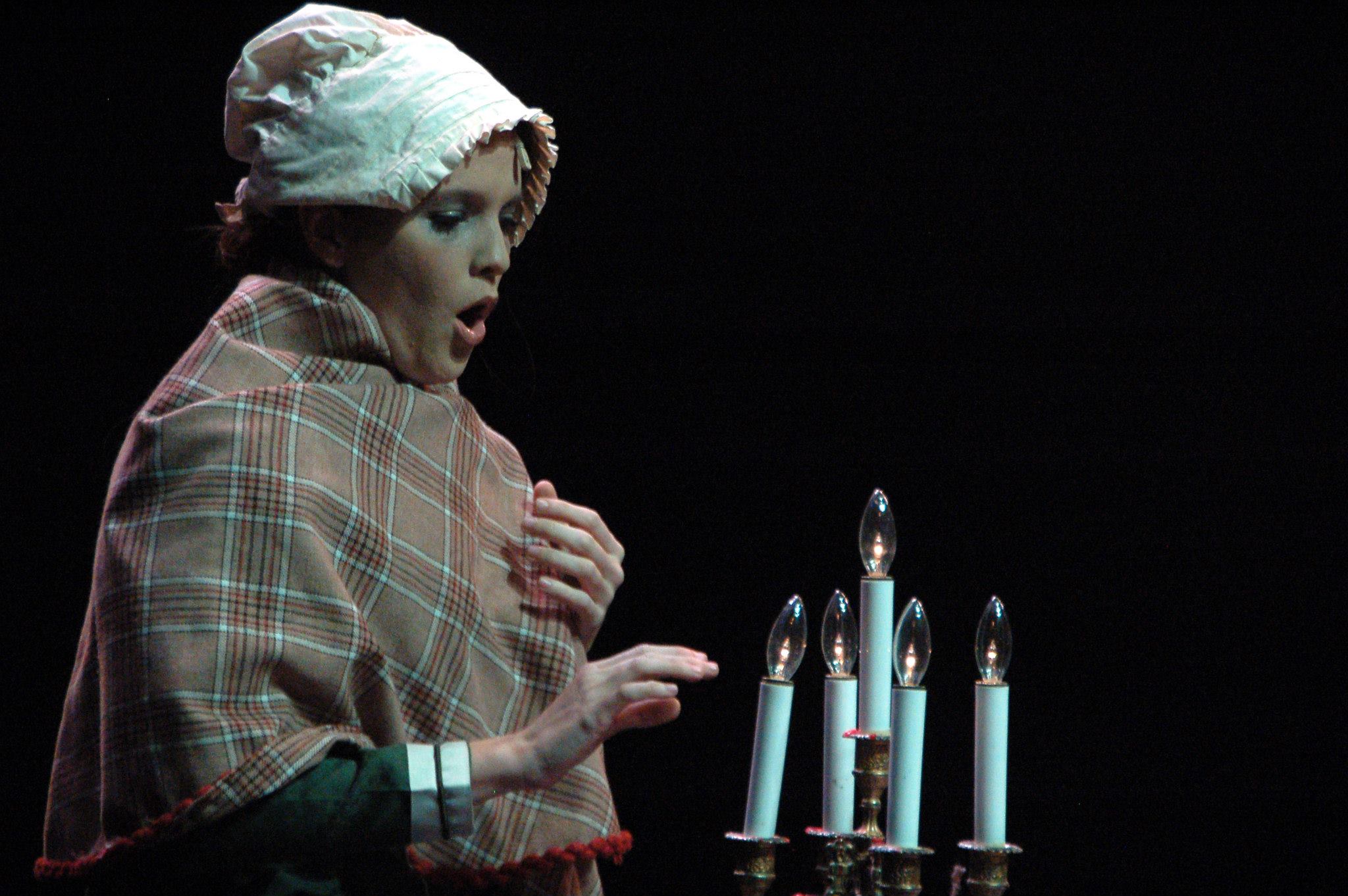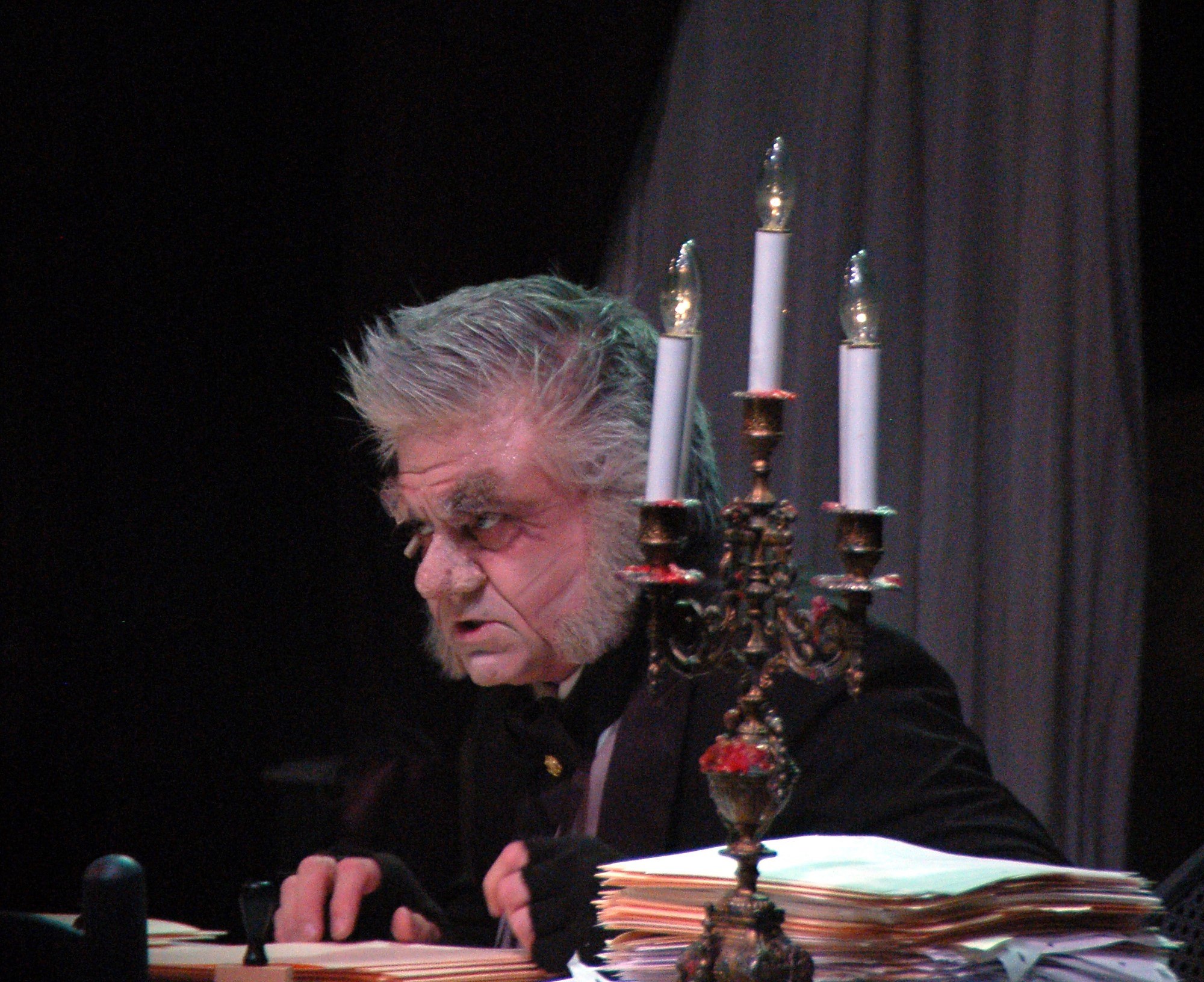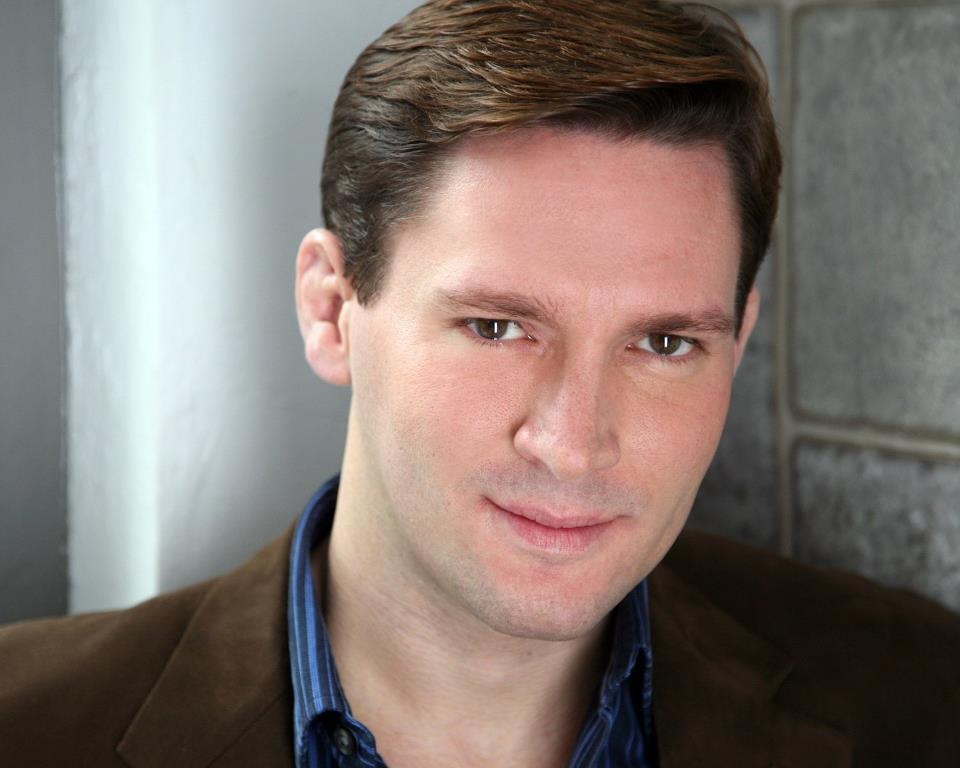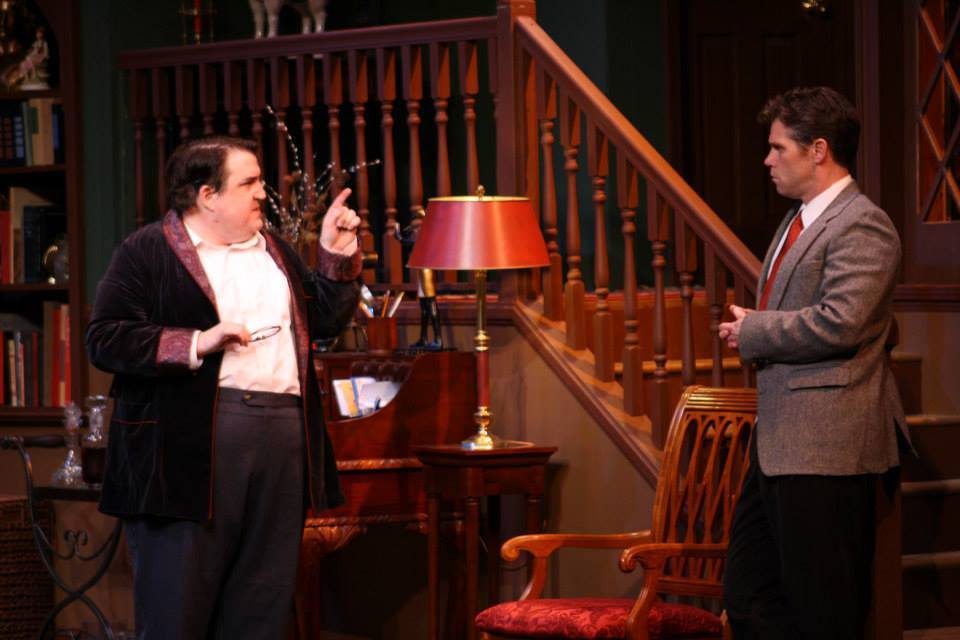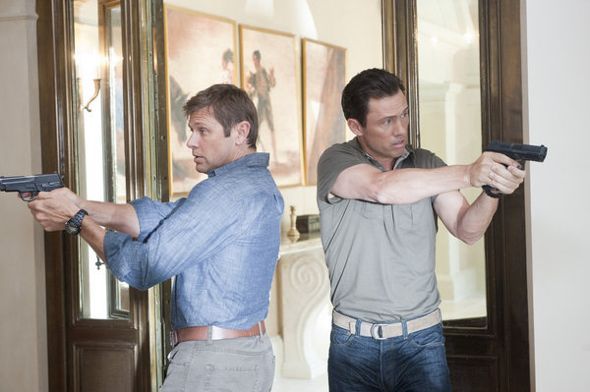Americans are suckers for a good travelogue set within the boundaries of their own white whale nation. Perhaps this is because so many of us spend most of our lives in some little corner of the vastness that is the Fruited Plain. For millions, just a trip from Manhattan to Coney Island, or from a one gas station town in North Carolina to Lookout Mountain, Georgia, represents an odyssey. And a visitor from Niagara Falls may as well be an extraterrestrial being to someone living in far-off Roswell, New Mexico. As I drove home from Trustus Theatre’s production of See Rock City and Other Destinations—tempted to put the pedal to the metal and drive north on I-95, past South of the Border and to wherever life takes me—I couldn’t think of any other significant musicals with expedition as a central theme. (Sorry, Oh! Calcutta! doesn’t count.) Yet there are so many great American travel books. My favorites include Umberto Eco’s Travels in Hyperreality and Bill Bryson’s A Walk in the Woods. But every American travel narrative, in my opinion, bows to the greatness that is John Steinbeck’s Travels with Charley. (Charley was Steinbeck’s trusty French standard poodle.) There are many diadem quotations in this book, but this one is a true gem: “We find after years of struggle that we do not take a trip; a trip takes us. … The certain way to be wrong is to think you control it.”
And that is the message at the heart of Adam Mathias and Brad Alexander’s award-winning production (2011 Drama Desk Award for Outstanding Musical, Outstanding Book and Outstanding Lyrics), presented in yellow-golf-sweater and tour-guide-khaki splendor by veteran director Dewey Scott-Wiley. As Scott-Wiley states: “We may embark on these journeys looking for escape…these destinations have the power to open our hearts and minds to real change.”
Steinbeck would agree.
In short, See Rock City presents separately parceled stories about average Americans pursuing humble dreams against the backdrop of popular tourist destinations: two strangers eating pie en route to a breathtaking view in the title town, Rock City; a conspiracy theorist seeking otherworldly companionship and self-validation near Area 51; a chemistry of multi-generational coupling before the normally unromantic backdrop of the Alamo; sisters celebrating ice, whales and ashes on an Alaskan cruise ship; two “d!ckheads” discovering forbidden love during a Coney Island freak show ride; and a bride-to-be barreling with nervous laughter at Niagara Falls.
The trick to nailing any stage expedition is set design. I admit I was nervous at first when I sat in my cozy Trustus seat and beheld the minimalist design that included not much more than two red diner stools. But once the curtains opened, Baxter Engle’s amazing three-screen projection design turned the entire stage into an animated album of famous American landmarks: the Space Needle, Wrigley Field, the Golden Gate Bridge, etc. The projections continued throughout the show, providing the patron with a believable sensation of “being there.” In fact, during the Niagara Falls vignette, I practically felt water spraying on my chest—then realized I had spilled Cabernet on myself. (Still, though, adult beverages in the comfort of one’s seat. Go, Trustus!)
Another major success of the production was the musical trio of Randy Moore (musical director, piano), Ryan Knott (cello) and Jeremy Polley (guitar). Moore makes a spot-on choice by concentrating on strings and conjuring the spirit of Woody Guthrie and so many other American road-trip artists. In fact, halfway through the production my mind couldn’t shake sounds gone-by of Neil Young’s "Harvest Moon;" I could practically taste the beef jerky of road trip yore.
Thousands of hours of effort go into every stage production, and every reviewer shouts curses at his or her limited space to credit those who deserve praise. The entire See Rock City troupe is worthy of accolades for acting and song; same for all of the technical staff. Truly outstanding are the voices of Kendrick Marion as Cutter the “motherf&%#er” prep school student and Kevin Bush as Jess of the Rock City-bound jalopy. I’ve seen Matthew DeGuire in many a role on Columbia stages, but it’s well worth the price of admission just to see him as a carney in lumberjack plaid and as Grampy, channeling the voice of post-stroke Anthony Hopkins in Legends of the Fall. Vicky Saye Henderson and Kyle (happy birthday!) Collins demonstrate ballet-like romantic chemistry, and it was a pleasure to see USC bioinformatics doctoral candidate Chase Nelson prove that science and the arts can mix—just don’t tell his Ph.D. advisor that he camps out in the New Mexico desert waiting for aliens. And stealing the first act is a “green jar from Home Depot,” tossed back and forth by Henderson, Linda Posey Collins, and Caroline Jones Weidner; what it contains, you’ll have to travel to Trustus to see.
See Rock City & Other Destinations is a weekend-worthy stage-cation and a wonderful theatrical reminder that setting sail for somewhere else, letting a trip “take you,” is what life is all about. Who knows what you’ll discover when you get yourself to the theater.
See Rock City & Other Destinations runs March 14-April 5 (Thursdays through Sundays) with all performances beginning at 8 p.m. with the exception of 3 p.m. matinee performances on March 23 and March 30. (There is no matinee on March 16.) Tickets are $27 for adults, $25 for military and senior, and $20 for students. Half-price Student Rush-Tickets are available 15 minutes prior to curtain. Trustus Theatre is located at 520 Lady Street in the Vista. Call 254.9732 for more information or to reserve tickets. Parking is available on Lady Street and on Pulaski Street. The Main Stage entrance is located on the Publix side of the building. To learn more about Trustus Theatre , visit www.trustus.org . The Thursday preview performance of See Rock City & Other Destinations was a “Dining with Friends” fundraiser to benefit the AIDS Benefit Foundation of South Carolina. Kudos to this group for its excellent philanthropic work!
~ Arik Bjorn




